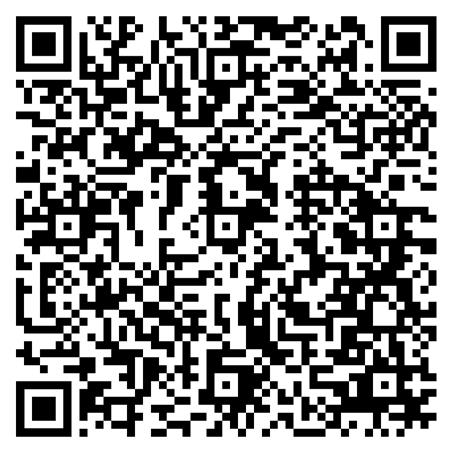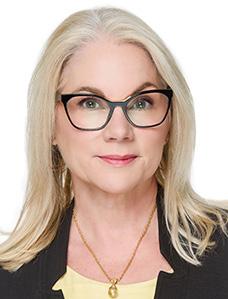
2 minute read
Insights Addressing womens’ issues as part of your firm DEI strategy
Welcome to The Women’s Issue. March is Women’s History Month which includes International Women’s Day on March 8. Women were first nationally recognized for a week in March 1981. After being petitioned by the National Women’s History Project, Congress designated the entire month in 1987.
President Jimmy Carter delivered this message that inaugural year of recognition, “From the first settlers who came to our shores, from the first [Native American] families who befriended them, men and women have worked together to build this nation. Too often the women were unsung and sometimes their contributions went unnoticed. But the achievements, leadership, courage, strength, and love of the women who built America was as vital as that of the men whose names we know so well.”
Looking at today’s accounting profession, women comprise half of the bachelor’s accounting degree graduates (and more than half the masters), yet men are still outpacing women at the firm. The number of women partners in CPAmerica firms is only 27%, as shown in last year’s practice management survey. Although significant to note, that percentage grew 9% from 18% in the prior year’s practice management survey. A drastic change since I joined the association is the number of female managing partners. In 2011, there were four female managing partners and now within our 90 firms, there are 18 including some who co-manage.
Addressing the opportunities and position of women in the profession is one piece of the larger DEI efforts, where the goals for inclusion are not only for the sake of equity but to foster more innovative environments and positive economic outcomes. Research shows that only a 10% increase in gender diversity will increase gross profits. Meanwhile, a recent McKinsey report showed that “women are demanding more from work and leaving their companies in unprecedented numbers to get it.” So, what are women looking for? Women are prioritizing flexibility, a commitment to DEI, and they want to see a clear path for advancement.
I recognize I came up in a world where women were broadly expected to “act like men.” Seeking equality was often misinterpreted for “treat me the same,” rather than “recognize me as a unique individual.” Attributes such as the ability to multitask, a tendency to be more inclusive and quicker to show compassion were interpreted as being not as focused or less apt to make difficult decisions. Thankfully, we have evolved where there is greater acceptance that fair is not equal, where fair strives to meet individual needs.
Despite the increased efforts in improving women’s professional opportunities, women still get tripped on the “brokenrung” where men outpace them earlier in their careers. This happens for a variety of reasons, of which the most obvious is starting a family. Although flexibility across the board is supporting increased opportunities for advancement, women disproportionately still own the role of caregiver that often extends from the early years of parenthood through to assuming the responsibilities for their own aging parents. This was even more pronounced during the pandemic.
Even without a pandemic, I was a single mother working full-time. Although I now sit among the small percentage of women who make it to CEO, my path was undoubtedly a longer one that was paved

Upcoming Event Dates
with fortitude, ambition, and bosses and mentors who supported me. I suspect many of you can look back on your own paths and recall who supported you along the way. Now it is our turn to mentor and support the next generation to advance their careers. Whether it be through coaching one’s own daughter in her career or providing guidance to the young women (and men) in CPAmerica’s firms, we have the power and responsibility to pay it forward.
The point of a Women’s History Month is to reflect on how we got where we are today and recognize the diversity of people who have advanced our societies and the quality of our lives. Step out of the shoes you are wearing now and remember who was behind you as you grew into them. As was done for us, let’s share our knowledge, provide clear opportunities, and recognize all our people as individuals with unique needs and abilities.



